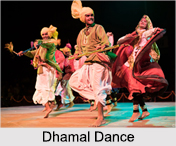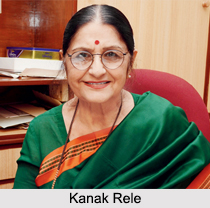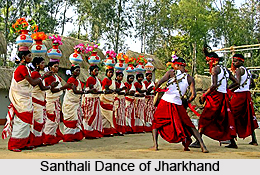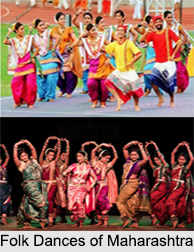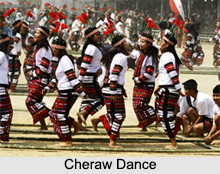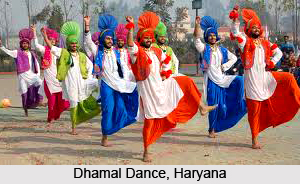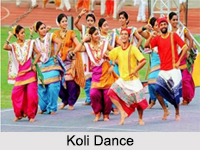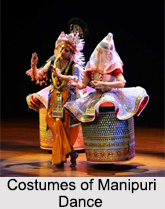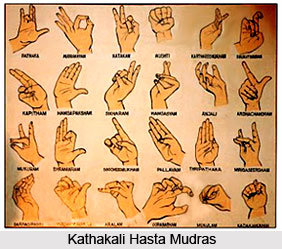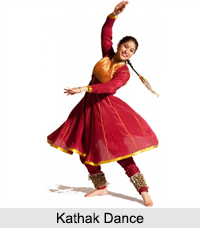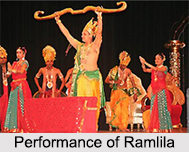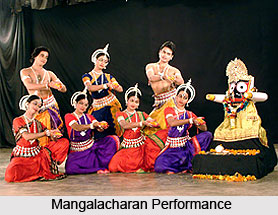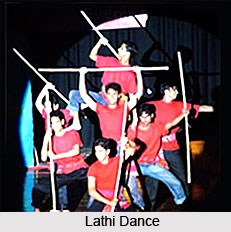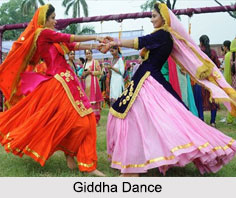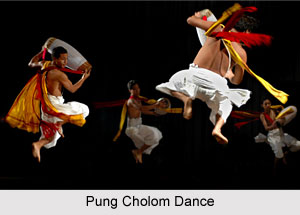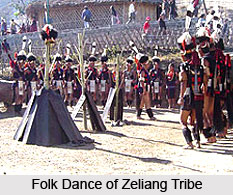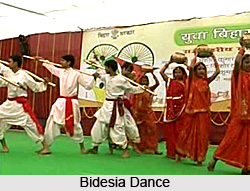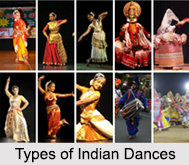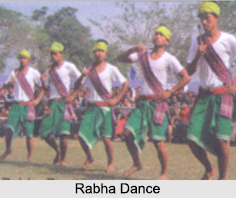Introduction
Pandwani is an Indian folk Dance in ballad form performed predominantly in Chhattisgarh. It is also popular in the neighbouring tribal areas of Odisha, Madhya Pradesh, and Andhra Pradesh. It depicts the story of the Pandavas, the leading characters in the epic Mahabharata.
Origin of Pandwani Dance
The origin of Pandwani is yet to be discovered. However, some of the leading artists believe that it might be as old as the Mahabharata itself. During that period, very few people were capable of reading so the stories were passed on generation after generation. Pandavani, once a male-dominated performance art, has seen a significant shift since the 1980s, when women began stepping onto the stage to share this dynamic tradition.
Rooted in the broader global legacy of storytelling, Pandavani mirrors the narrative practices found in many cultures, much like the soulful Baul singers of Bengal or the expressive Kathak performers of North India. These traditions revolve around bringing age-old epics and folklore to life, using music, movement, and voice to both educate and captivate audiences.
Performance of Pandwani Dance
Pandwani is narrated in a very lively form, almost constructing the scenes in the minds of the audience. The artists in the Pandwani narration consist of a lead artist and some supporting singers and musicians.
The lead artist narrates one episode after another from the epic in a very forceful manner. He enacts the characters in the scenes to produce a more realistic effect. Occasionally, he also breaks out into a dance movement. Gradually, the story develops and the performance becomes more intense.
In between the performance, the lead singer continuously interacts with the accompanying singers, who ask questions and give commentary. As the tale gathers momentum, the singer slips in and out of multiple roles, using mimicry, expressive gestures, and theatrical movements. At moments of climax or triumph, they may break into spontaneous dance, adding bursts of energy to the narrative. This solo performer is not alone, however. A group of supporting artists provides a rich musical backdrop with various musical instruments and chorus vocals. These co-singers don't just accompany, they actively participate by asking questions, offering commentary, and punctuating the story with emotional interjections.
Each Pandavani artist infuses the performance with a personal touch, often incorporating regional dialects, witty improvisations, or reflections on contemporary issues. As the narrative deepens, so does its intensity, gradually transforming a simple recitation into a vibrant, immersive ballad. The performance can last for several hours on a single episode of Mahabharata. It can be observed that ultimately what begins as a simple story narration turns into a full-fledged ballad.
Musical Instruments of Pandwani Dance
Pandwani is accompanied by musical instruments such as Harmonium, Tabla, Dholak, and Majira. In a Pandavani the humble tambura, typically a musical instrument, transforms into a versatile prop in the hands of the narrator-singer, becoming Bhima’s mighty mace, Arjuna’s bow or chariot, or even symbolizing the flowing hair of Draupadi or the grip of Dushasan. With no elaborate stage sets or physical props, the performance relies entirely on the artist’s creativity and presence to bring the epic to life.
Styles of Pandwani Dance
There are two styles of narration in Pandwani - Vedamati and Kapalik. In the Vedamati style, the lead artist narrates in a simple manner by sitting on the floor throughout the performance. The Kapalika style is livelier, where the narrator actually enacts the scenes and characters.
Vedamati, a structured and traditional style, draws its roots from Sabbal Singh Chauhan’s Mahabharat, composed in the Doha-Chaupal metre. The word "Veda" here symbolically refers to sacred or authoritative text, emphasizing the fidelity of this style to the original narrative. It follows a more disciplined, text-based format. This style was brought into the spotlight by Jhaduram Devangan and has been carried forward by notable performers like Poonaram Nishad, Ritu Verma, and Rewaram Sahu.
In contrast, Kapalik is more fluid and interpretative. The performer enjoys the creative freedom to improvise, reinterpret, and even contemporize episodes and characters from the Mahabharata. The name “Kapalik” is derived from “Kapal,” which alludes to memory and personal experience, suggesting that the artist’s own insights shape the narrative. This style thrives on spontaneity and interaction, making each performance a unique rendition. Teejan Bai, a legendary figure in Pandavani, is one of its most celebrated exponents. Other prominent artists who follow this expressive style include Usha Barle and Shanti Bai.
Together, these two styles showcase the versatility and richness of Pandavani, offering both reverence to tradition and room for innovation.
Impact of Pandwani Dance
The impact of Pandavani is evident in the theatrical works of renowned playwright Habib Tanvir. Drawing inspiration from this vibrant folk tradition, Tanvir incorporated Chhattisgarh’s local folk singers into his productions, blending their spontaneous storytelling techniques into his plays. This resulted in a distinctive, free-form narrative style reminiscent of Pandavani’s improvisational spirit and dramatic expression that became a hallmark of his stagecraft.
People who Popularised Pandwani Dance
Teejan Bai has in actuality led to the immense popularity of this dance form. Bai was the first woman to start this. She gave her first performance at the age of 13 in a neighbouring village called Durg. She sang in the Kapalik shaili of `Pandavani`, a first time for a woman.
The other artists who popularised this art form are Ritu Verma, Jhaduram Devagan and Puneram Nishad.
